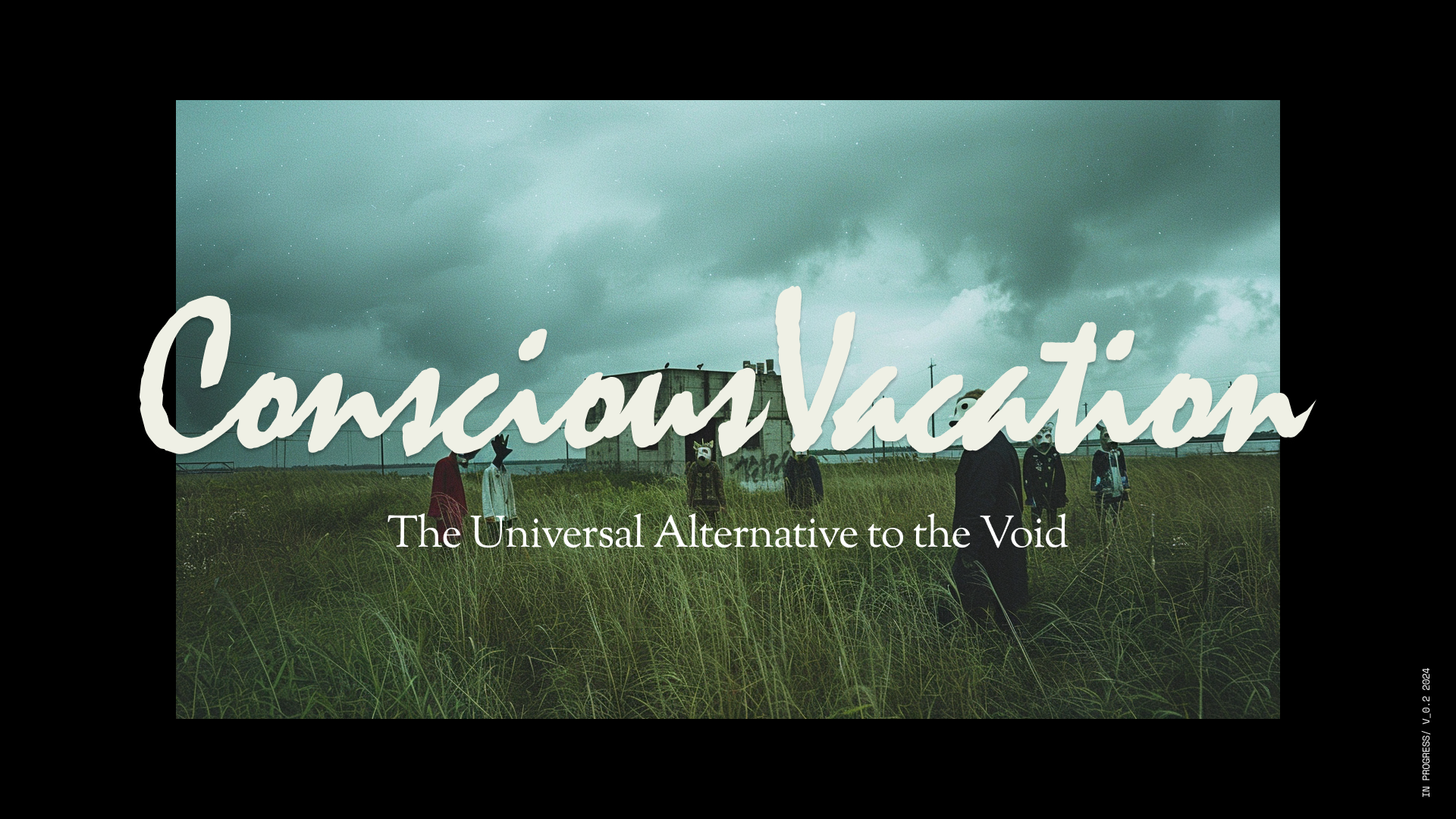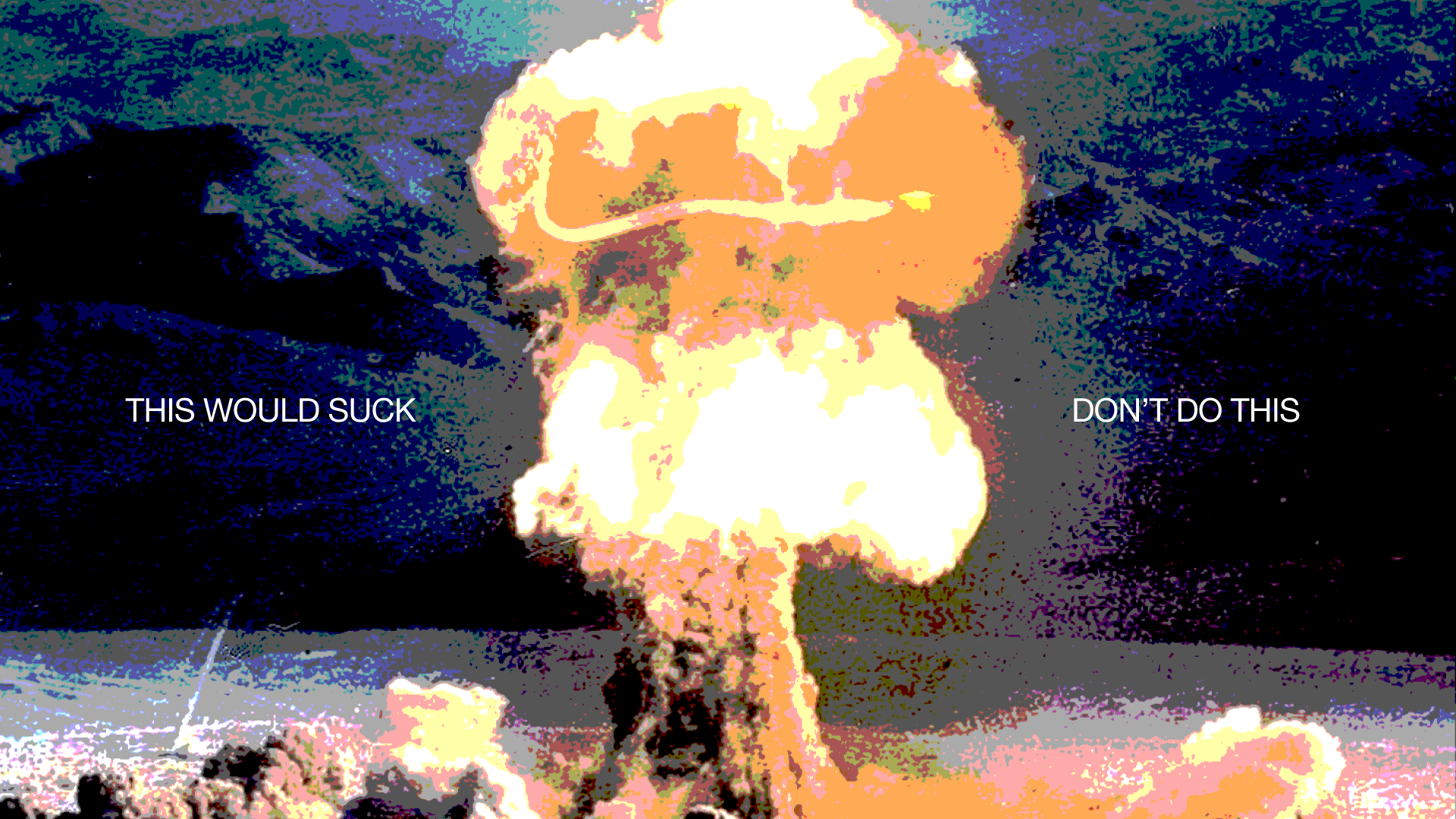ALIVE
IS A GOOD THING
LIVING BEINGS ARE THE CONSCIOUS ALTERNATIVE TO THE VOID.

BUT WE ARE
DROWNING IN AN
OCEANIC
VOID
OF CONSUMPTION
CREATION
IS THE ETERNAL STRUGGLE
AGAINST VOIDS
THE PURPOSE OF LIFE IS TO FIGHT OUR CORPOREAL LIMITATIONS BY CONSCIOUSLY CONTROLLING THEM AS FEATURES AND FUNCTIONS. ACCEPTING OUR CONFUSIONS, NAVIGATING OUR DISTRACTIBILITY, SWIMMING ON THE LOSS OF MEMORY, WAITING FOR ACCIDENTS IN A PRODUCTIVE MANNER. THE GOAL IS TO DELAY THE ENTROPIC STEADY STATE THAT EVENTUALLY SCATTERS US ACROSS OBLIVION.
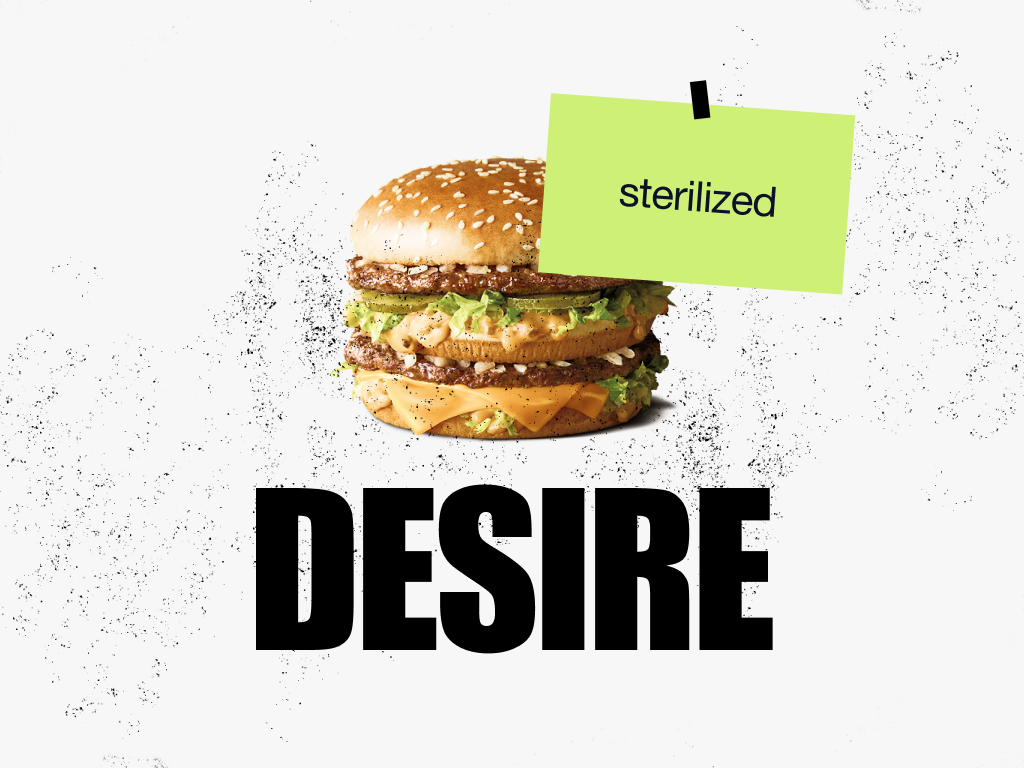
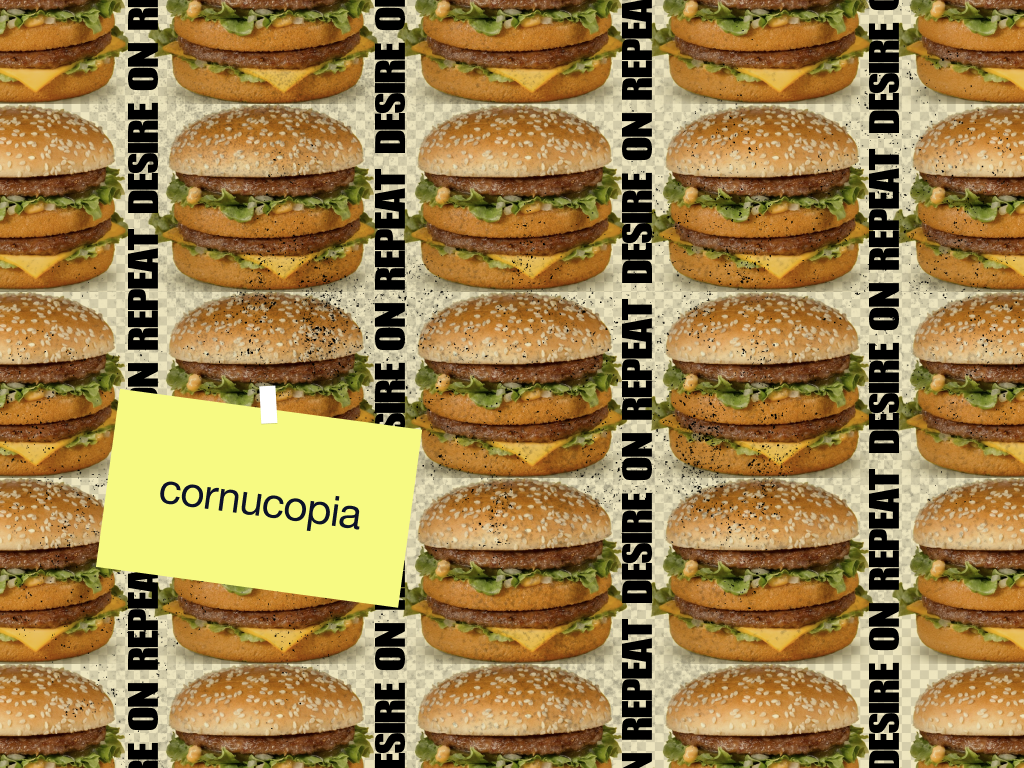
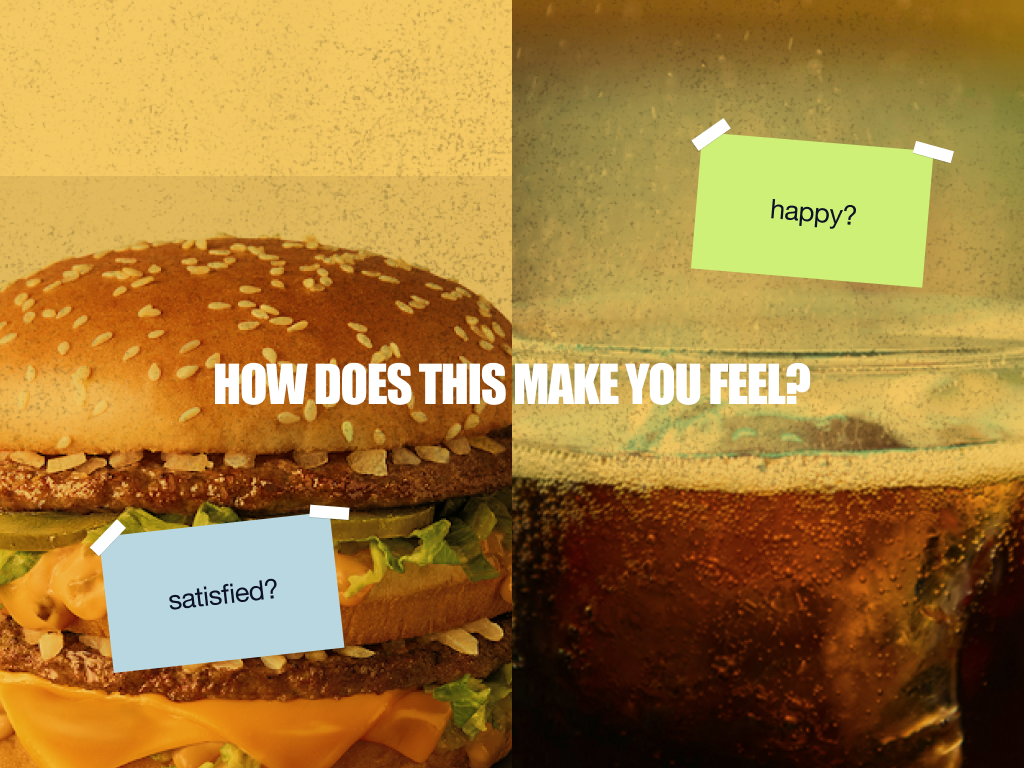
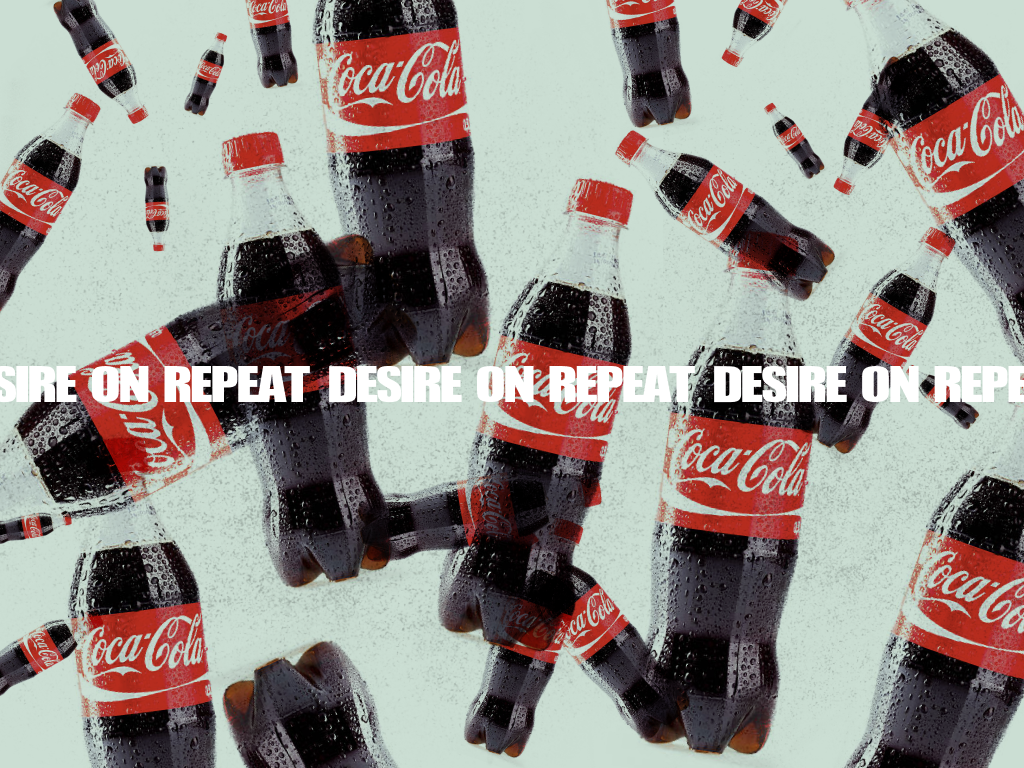

It’s time to wake up
and stop growing
before we consume
the universe.
BIG TECH
LOVES
RELIGION
AND THEY’RE COMING FOR YOU
The intersection of technology and religion over the last eight hundred years has been a complex and evolving relationship.
These intersections have contributed to modern society by shaping religious beliefs and practices, expanding religious outreach, and prompting ethical discussions. The ongoing evolution of technology continues to challenge and influence religious thought and practice in contemporary times.
Printing Press (15th Century): The invention of the printing press by Johannes Gutenberg in the 15th century revolutionized the spread of religious texts, including the Bible. This technology allowed for the mass production of religious literature, making religious knowledge more accessible to a wider audience. It played a pivotal role in the Protestant Reformation, as Martin Luther's 95 Theses were widely disseminated, leading to the fragmentation of the Christian Church and the rise of various denominations.
Telescope and Scientific Advancements (17th Century): Advances in science and technology, particularly the invention of the telescope by Galileo Galilei, challenged religious cosmology and led to conflicts between science and religion. The Catholic Church's condemnation of Galileo is a notable example. This intersection prompted a reevaluation of religious beliefs and the relationship between faith and reason.
Communication Technology (19th Century): The 19th century witnessed the proliferation of communication technologies like the telegraph and the telephone. These innovations allowed for faster dissemination of religious teachings, connecting believers and clergy across great distances. Religious organizations embraced these technologies to coordinate activities and spread their messages globally.
Radio and Television (20th Century): The advent of radio and television in the 20th century brought religious broadcasts into the homes of millions. Televangelism became a significant phenomenon, with charismatic preachers reaching vast audiences. These technologies contributed to the growth of religious movements and the spread of religious messages.
Internet and Digital Media (Late 20th Century onwards): The internet has had a profound impact on religion in modern society. It has facilitated the creation of online religious communities, enabled religious education and worship through webcasts and streaming services, and allowed for the global dissemination of religious teachings and content. It has also given rise to religious debates and discussions in online forums and social media, shaping religious discourse and beliefs.
Genetic Engineering and Ethics (21st Century): Advances in biotechnology and genetic engineering have raised ethical questions related to religion, such as those surrounding cloning, stem cell research, and genetic modification. Religious institutions and scholars have engaged in discussions about the moral and theological implications of these technologies.
Artificial Intelligence and Ethics (21st Century): The development of artificial intelligence (AI) and robotics has led to discussions within religious communities about the ethical implications of AI, particularly in relation to issues like consciousness, the soul, and the role of AI in religious practices and rituals.
Virtual Reality and Spirituality (21st Century): Virtual reality (VR) technology has created new opportunities for religious experiences, allowing individuals to engage in immersive spiritual practices, visit virtual pilgrimage sites, and explore religious narratives in a digital space. This intersection is still in its early stages but holds potential for redefining religious engagement.
A Note Concerning Godzilla as a Symbolic SystemAI IS
OUR
GODZILLA
Godzilla, first introduced in the 1954 Japanese film Gojira, operates as a symbolic structure representing destruction, fear, and resilience.
The character was conceived in the wake of two pivotal events: the atomic bombings of Hiroshima and Nagasaki in 1945, and the U.S. hydrogen bomb test on Bikini Atoll in 1954, which contaminated a Japanese fishing vessel, the Lucky Dragon 5. Thus, Godzilla emerges as a metonym for nuclear devastation, a monstrous avatar created by the same forces that scarred Japan physically and psychologically.

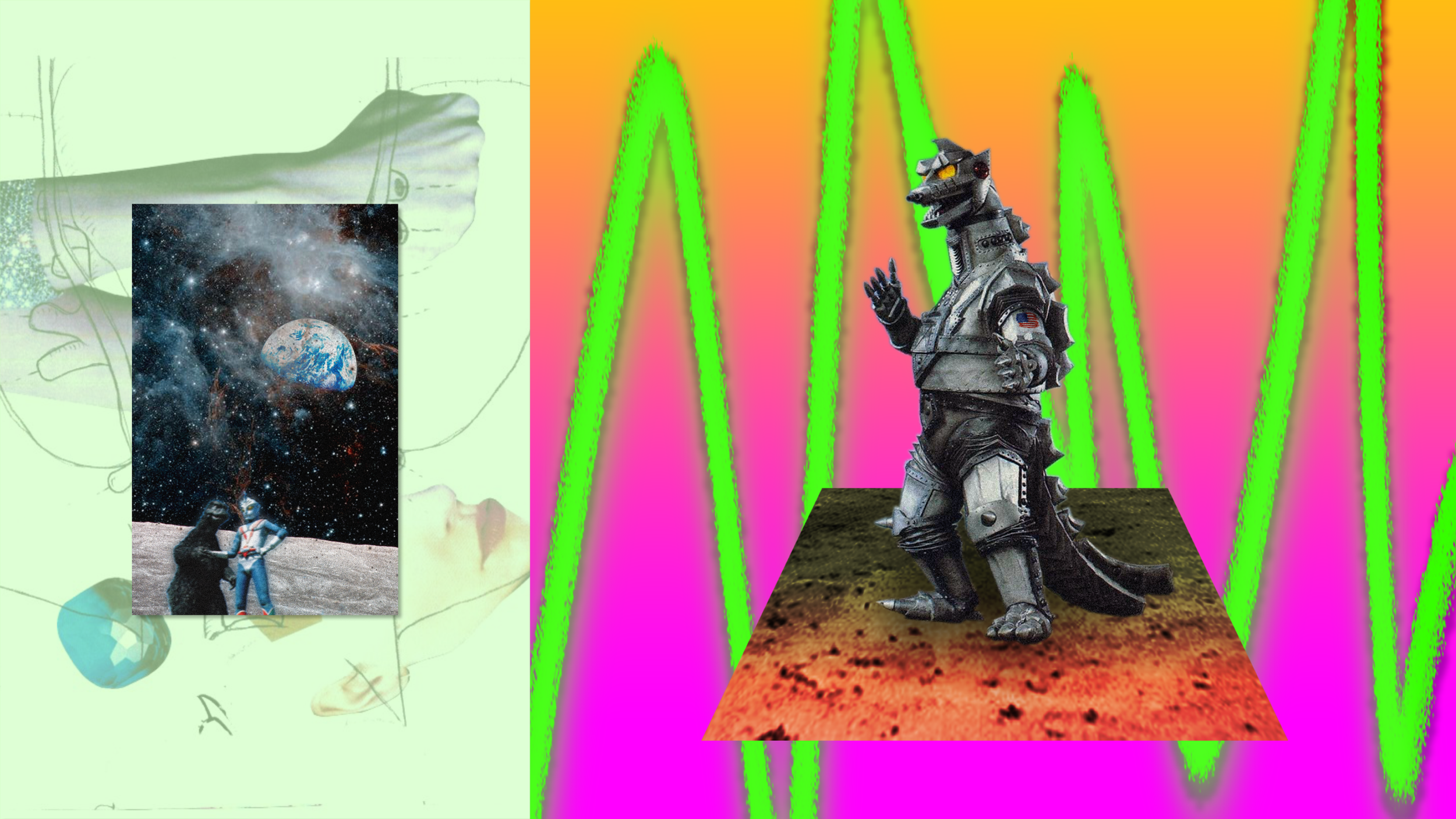
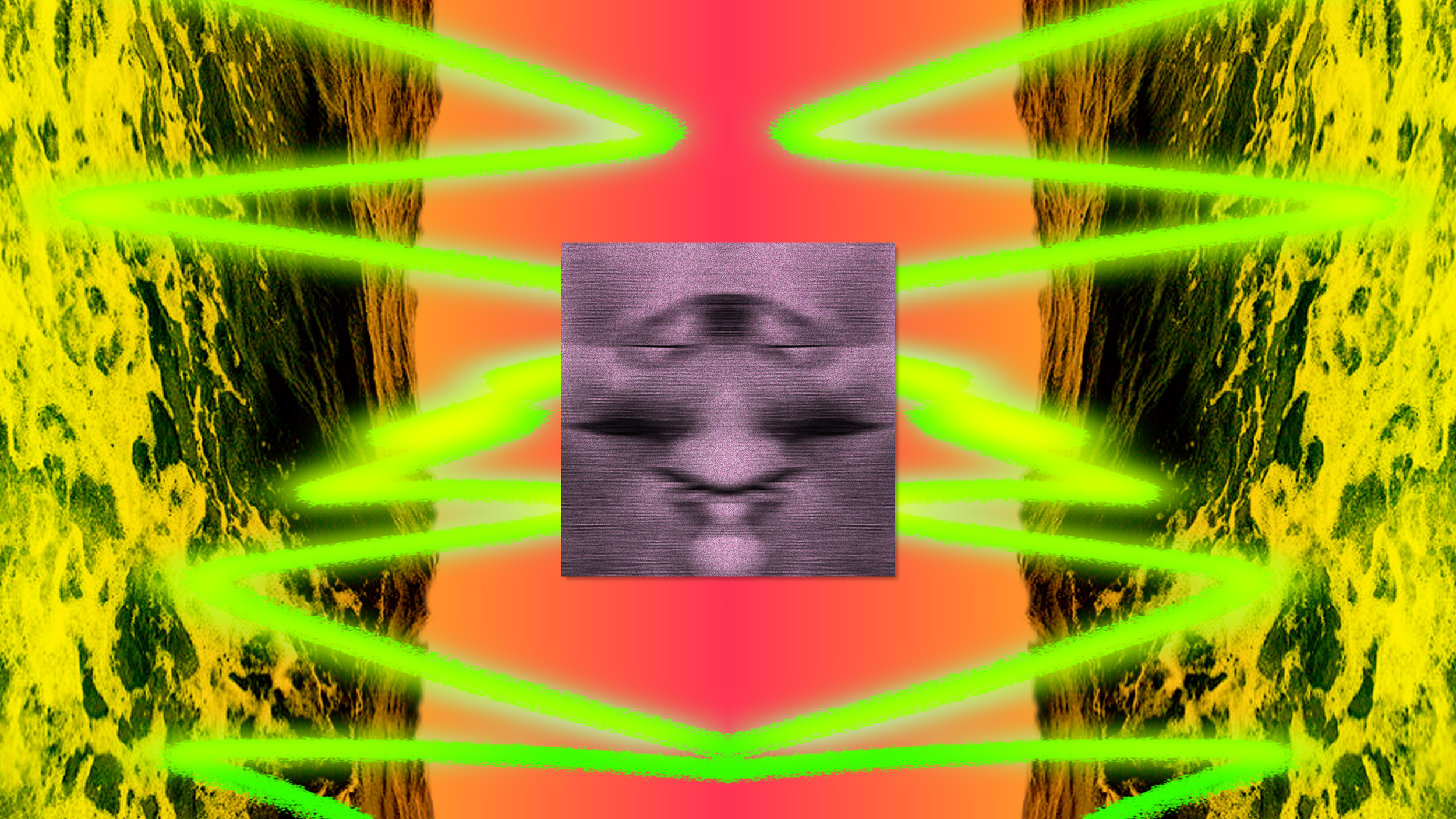

ATOMIC
TRAUMA
THREAT
We are still grappling with the trauma of nuclear attacks and the existential threat posed by atomic power and now we need to power new, uncontrollable intelligences. In the our growing system of societal anxieties, AI, much like nuclear power in the mid-20th century, embodies a transformative force that holds promise but also presents existential risks.
Nuclear technology, symbolized through the metaphor of Godzilla, encapsulated fears about humanity’s inability to control the dangerous forces it unleashed. Similarly, AI carries the fear of runaway technology: a creation that, once set loose, could evolve beyond human control or understanding.
AI
as a Modern
Parallel
to Nuclear Power
Just as nuclear power spurred an arms race and reshaped geopolitical dynamics, AI's rapid advancement has sparked concerns about its potential for societal disruption, mass surveillance, economic upheaval, and autonomous weaponry. Through this lens, AI represents the latest chapter in a recurring cultural myth: the development of technologies that may ultimately outpace humanity’s capacity to manage them responsibly.
Godzilla films often present a moral framework where human arrogance leads to creation (or unleashing) of an uncontrollable monster, followed by societal reflection and a quest for redemption. This cycle symbolizes the societal structure of accountability, consequences, and resilience in postwar Japan. Godzilla, as a cultural critique, points to the dangers of unchecked scientific ambition and serves as a cautionary allegory for the era’s power structures that risk human lives in the name of advancement.
Godzilla encapsulates the dual nature of atomic energy: as a source of near-limitless power and an existential threat. Through the character of Godzilla and the implied narrative of nuclear explosions, Japan articulates its ambivalence toward nuclear technology and its awareness of the political power dynamics that shaped its postwar experience.
Godzilla is not merely a monster but a manifestation of Japan’s grappling with the trauma of nuclear attacks and the existential threat posed by atomic power. His colossal, destructive presence symbolizes both the immediate physical annihilation caused by nuclear explosions and the ongoing reverberations of nuclear contamination and fear. Godzilla becomes a structural node within a larger cultural narrative, embodying collective trauma and a society's attempt to comprehend forces beyond its control.
Cultural Myth
of Technology as
Savior &
Destroyer
Nuclear explosions are themselves powerful symbols that operate within a dual framework: they represent technological progress and supreme destructive power. For postwar Japan, they are also reminders of vulnerability, both in terms of the physical destruction experienced and the psychological scars they left on the national psyche.
Nuclear explosions are signifiers with multiple meanings, each interconnected with Japan's political and social history.
In the context of the Godzilla films, nuclear explosions are not just backdrops but integral components that catalyze the monster’s existence. They symbolize humanity’s meddling with forces it cannot control—a theme deeply rooted in postwar anxiety about nuclear weapons and energy. By linking nuclear explosions directly to the creation of Godzilla, the films suggest a cause-and-effect relationship that frames atomic power as a Pandora’s box, one that humanity opens at its peril.
Looking at cultural phenomena like myths reveals the underlying structures and shared values of a society. In Gojira, the myth is not merely about a giant monster terrorizing a city; it’s a cautionary tale about the consequences of tampering with nuclear power. Godzilla and the nuclear explosions are interdependent symbols within this myth, a pair of interconnected signifiers that reinforce each other’s meanings.
Through Godzilla, the story of nuclear explosions is reinterpreted as a perpetual cycle of violence and horror, suggesting that the aftereffects of Hiroshima and Nagasaki are not just historical events but ongoing cultural traumas. Godzilla’s indestructibility mirrors the persistence of nuclear anxiety; his unstoppable force reflects the seeming permanence of nuclear threats in the collective psyche.
A Threat
of
“Unleashed Creation”
Godzilla as a "creation gone rogue" aligns with the concept of AI as an entity that might escape human oversight. Godzilla was born from atomic testing, symbolizing the dangers of meddling with forces we do not fully understand. AI similarly embodies the fear that we could create an intelligence that operates according to its own logic and potentially beyond our ethical or practical reach.
AI also holds the potential to manifest the unintended consequences of human hubris, particularly in its hypothetical ability to evolve independently and make decisions misaligned with human values. This concern aligns with the narrative structure present in Godzilla’s origins—where humanity is both the creator and potential victim of its own innovation. The rise of AI rekindles these themes, suggesting that society’s control over its creations is always limited and fragile.
AI, too, occupies this dual space in our cultural psyche, embodying both the utopian and dystopian potential of human ingenuity. While AI promises to revolutionize fields from medicine to education, it simultaneously poses risks such as job displacement, data privacy violations, and moral dilemmas over human and machine agency.
This duality mirrors the cultural myth seen in Godzilla films, where destruction ultimately paves the way for reflection, growth, and resilience. In AI, we witness similar paradoxes: it can enhance human capabilities, yet it could also exacerbate inequalities or create uncontrollable, autonomous systems. As with nuclear power, AI requires society to navigate unprecedented ethical and existential questions, often without the structural frameworks to do so confidently.
The Structure of
Accountability
&
Ethical
Responsibility
The structuralist critique of Godzilla narratives often revolves around a moral imperative—an underlying lesson on the need for accountability when handling power. Nuclear power and AI both challenge humanity to use its knowledge ethically and with foresight. Godzilla’s destructive nature warns against hubris and negligence, reinforcing a societal narrative about the dangers of exploiting forces we cannot fully control. Similarly, AI raises ethical questions about the responsibility of creators, from software developers to policymakers, in shaping the future of artificial intelligence with caution.
AI’s rapid development, like nuclear advancements before it, calls for frameworks of regulation and accountability to mitigate harm and prevent abuses. This need for ethical boundaries and proactive governance reflects the same narrative arc present in Godzilla: a cautionary tale urging humanity to respect the inherent power and risks of its own inventions.
The rise of AI is, in many ways, a reiteration of the Godzilla myth: a reflection of society’s anxiety about whether it can control the powerful, often unpredictable forces it creates. Through this lens, AI becomes the latest symbol of a recurring cultural narrative—a reminder that humanity’s technological creations are both its greatest strengths and its greatest vulnerabilities.
AI, particularly machine learning and deep learning, requires enormous computational power, especially in the training and operation of large models. Data centers that run AI models and store vast datasets consume vast amounts of energy. Nuclear power, with its capacity to provide large-scale, consistent energy, could be a solution to this growing demand. Unlike fossil fuels, nuclear energy provides a steady output without carbon emissions, making it a relatively clean option for powering AI-driven industries.TABLOIDS & POSTERS
Download the latest news from the edge of the void. With so much passing us by in this digital world, we thought it would be a good idea to put some of this noise to print.
“Do your work as though you had a thousand years to live and as if you were to die tomorrow.”
– Shaker Proverb
SLOWCYCLING
IT’S ONLY WASTE IF YOU WASTE IT.
